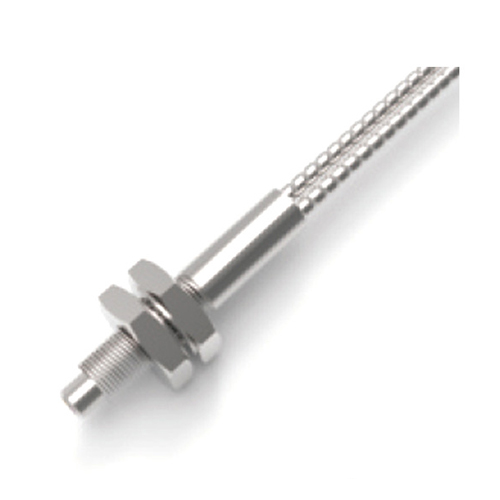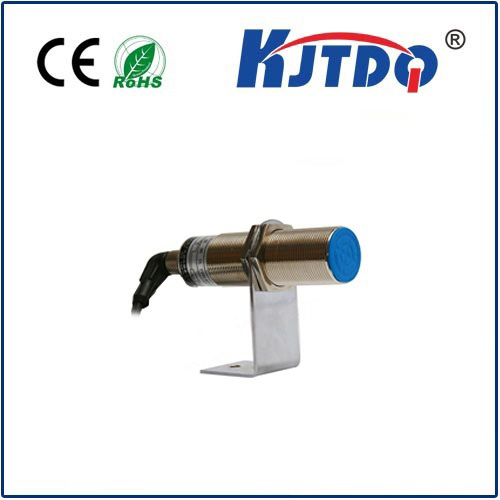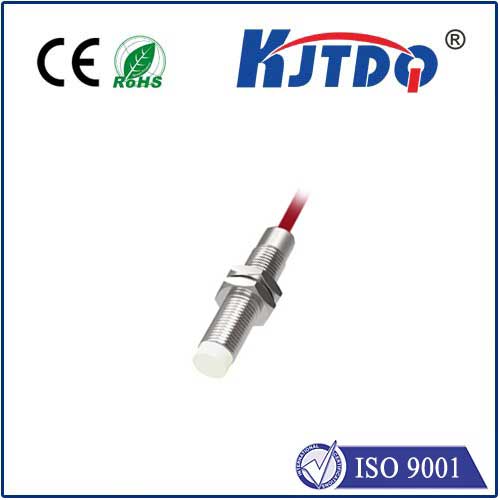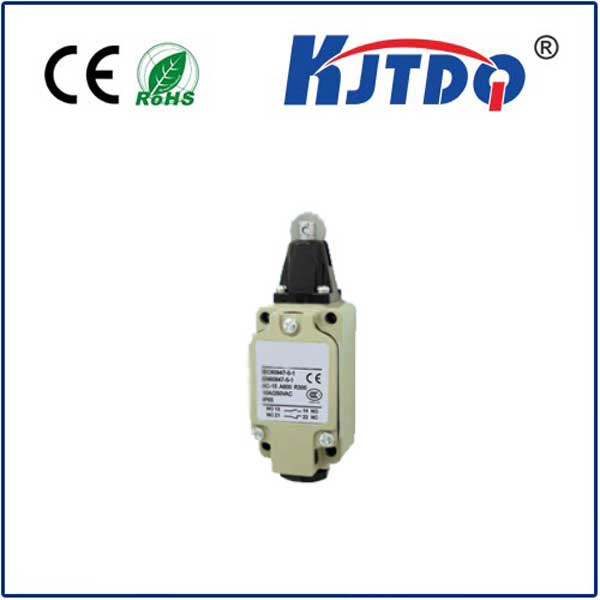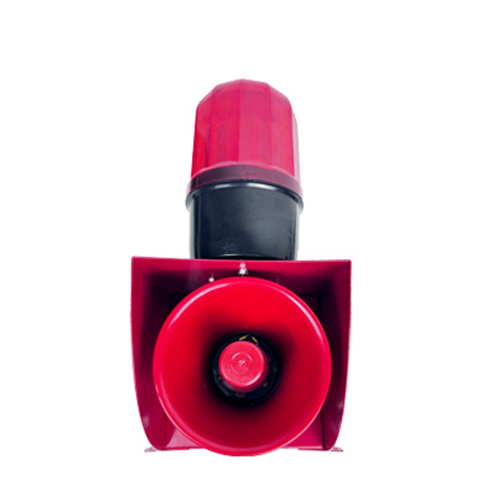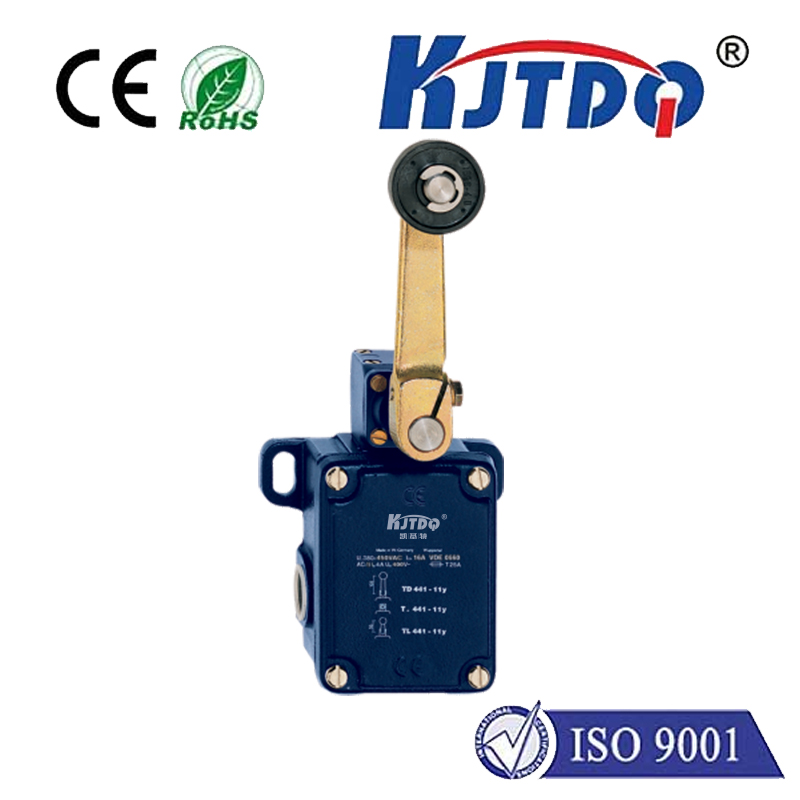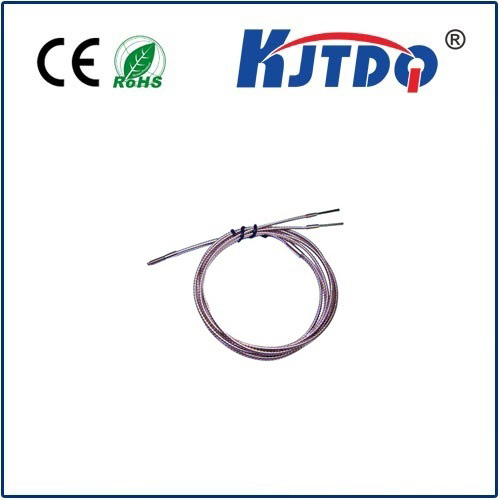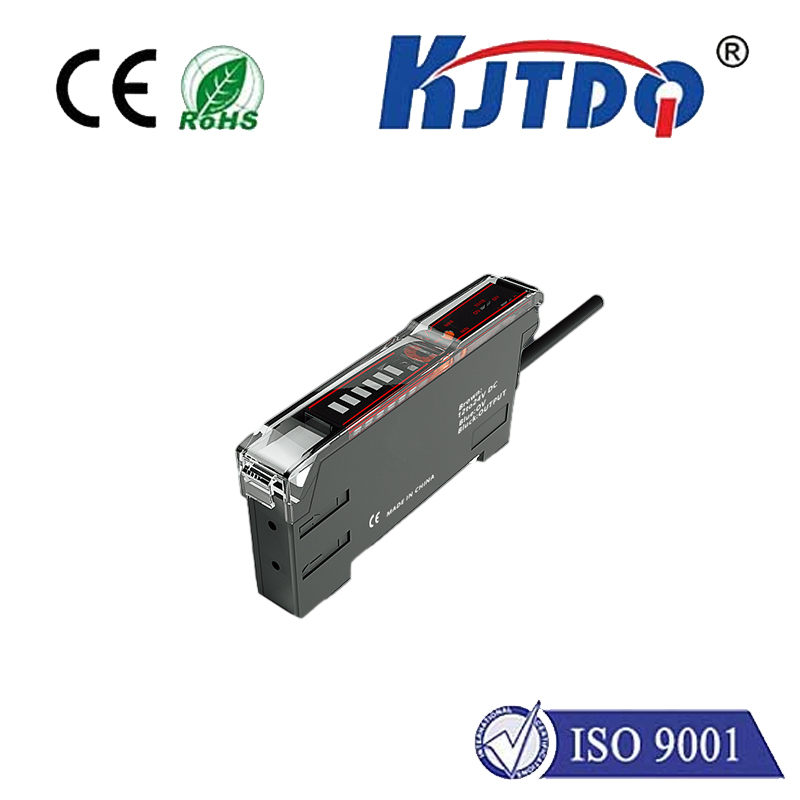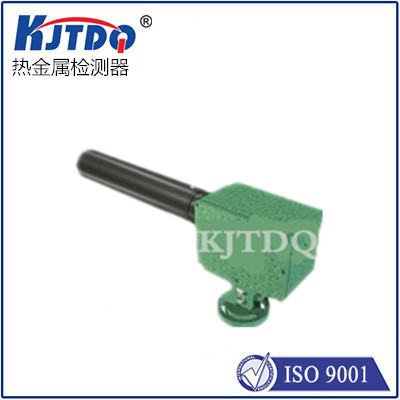Speed Switch (non-contact type)
- time:2024-10-26 00:16:04
- Click:0

Title: Revolutionizing Control: The Speed Switch (Non-Contact Type)
Speed switches, also known as tachographs, play a crucial role in monitoring and controlling the speed of various machinery and equipment. Among different types of speed switches available in the market, the non-contact type stands out for its unique features and advantages that make it ideal for specific industrial applications. In this article, we will delve into what makes the non-contact speed switch a game-changer in the world of speed measurement and control.
The Basics of Non-Contact Speed Switches
Non-contact speed switches operate on the principle of electromagnetic induction, which allows them to detect the presence of a metal object without any physical contact. This is achieved through the use of a magnetic field that is generated by an electric current passing through a coil of wire. When a metal object comes within the range of this magnetic field, it induces eddy currents in the object, which in turn generate their own magnetic fields. These induced magnetic fields interact with the original magnetic field, causing changes in its strength and direction. The speed switch detects these changes and converts them into electrical signals that can be used to control the machinery or equipment.
Advantages of Non-Contact Speed Switches
There are several advantages that make non-contact speed switches a popular choice among engineers and technicians:
- Non-wear and tear: Since there is no physical contact between the speed switch and the monitored object, there is no wear and tear on either component. This significantly extends the lifespan of the speed switch and reduces maintenance costs.
- Corrosion resistance: Non-contact speed switches are not affected by environmental factors such as moisture, dust, or chemicals, making them ideal for use in harsh or corrosive environments.
- High precision: Non-contact speed switches offer high accuracy in measuring and controlling speed, making them suitable for applications where precise speed control is critical.
- Easy installation: Non-contact speed switches are simple to install and require minimal setup time, allowing for quick deployment and start-up of machinery and equipment.
Applications of Non-Contact Speed Switches
Non-contact speed switches have a wide range of applications across various industries, including:
- Automotive: Non-contact speed switches are commonly used in vehicles to monitor engine speed, transmission speed, and wheel speed for purposes such as anti-lock brake systems (ABS), traction control systems (TCS), and cruise control systems.
- Aerospace: In the aviation industry, non-contact speed switches are used to monitor the rotational speed of aircraft engines, propellers, and other rotating components to ensure safe operation and optimal performance.
- Industrial automation: Non-contact speed switches are widely used in industrial automation systems to control the speed of conveyor belts, motors, fans, and other machinery and equipment. They are particularly useful in applications where direct contact with the monitored object is not feasible or practical.
- Power generation: In power plants, non-contact speed switches are employed to monitor the rotational speed of turbines, generators, and other critical equipment to ensure efficient energy production and prevent damage caused by over-speeding or under-speeding.
In conclusion, non-contact speed switches offer a reliable, accurate, and cost-effective solution for monitoring and controlling the speed of various machinery and equipment. Their unique features make them ideal for use in a wide range of applications across different industries, from automotive to aerospace to industrial automation and power generation. As technology continues to advance, it is likely that non-contact speed switches will become even more sophisticated and widely adopted, further revolutionizing the way we control our world.







